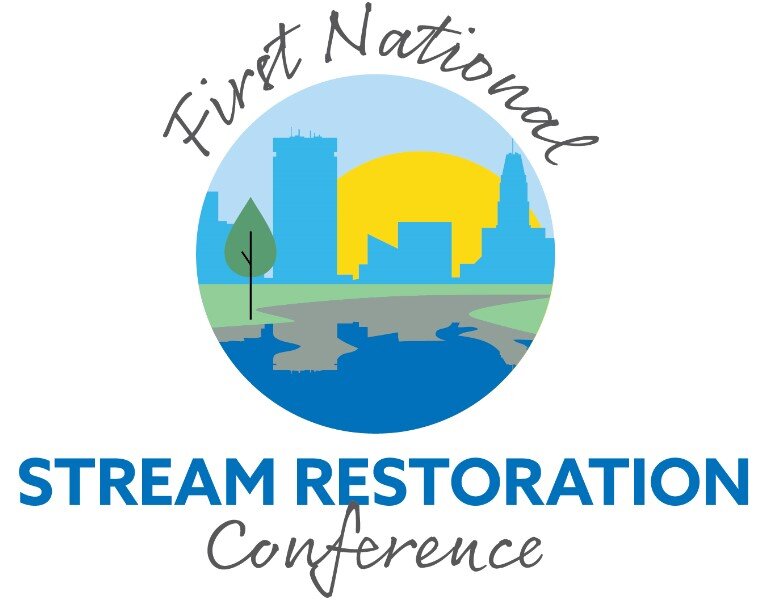Evaluating and comparing channel adjustment of reference and restored streams in the North Carolina Piedmont
Jack Kurki-Fox, PhD, PE
Research Associate
Biological & Agricultural Engineering
North Carolina State University
Raleigh, NC
Authors:
Jack Kurki-Fox Daniel Line
Biological & Agricultural Engineering
North Carolina State University
Barbara Doll
NC Sea Grant
Biological & Agricultural Engineering
North Carolina State University
J. Jack Kurki-Fox1, Barbara A. Doll1,2, Jonathan L. Page3
1 Biological & Agricultural Engineering Dept., NC State University
2 NC Sea Grant
3 River Mechanics
The evaluation of reference streams can inform stream restoration designs, ecological targets, hydraulic and sediment transport regimes, and project success criteria. Reference streams are often assumed to be in a state of quasi-equilibrium with hydraulic geometry that represents a long-term average of a channel’s form that has developed under relatively constant boundary conditions. However, a change in any boundary conditions can result in the development of a revised hydraulic geometry over a period of time that adjusts to a new regime condition. The goal of this study was to evaluate reference stream equilibrium by quantifying long-term adjustment in reference stream channel morphology. Eighteen (18) reference streams in the Piedmont of North Carolina that were originally assessed in 2007 were resurveyed during the summer of 2018. The adjustment in riffle channel geometry was quantified and boundary conditions were evaluated by analyzing changes in watershed land cover and precipitation patterns. Hydraulic geometry relationships (i.e., geometry parameters vs. drainage area) from 2007 and 2018 were nearly identical and no statistically significant differences were detected in bankfull discharge, area, width or depth. Inspection of individual sites revealed between 1% and 15% adjustment in bankfull discharge, area, width, and depth with several urbanizing sites adjusting by more than 25%. The adjustment in bankfull discharge and area from 2007 to 2018 were significantly correlated with impervious cover indicating hydraulic geometry adjustments are likely as discharge changes due to watershed conditions and land cover. Changes in precipitation did not seem to be a driver of adjustment as patterns were similar for the 10.5 year period preceding each field survey in 2007 and 2018. These data were used to update the regional hydraulic geometry relationships and other summary morphological data can be used to help guide stream restoration designs.
Cross section survey data for 44 stream restoration projects including 207 riffles and 102 pools was obtained from NC Division of Mitigation Services. Cross sections were reviewed and a top of bank was identified for each year surveyed. Year-to-year and overall adjustments were calculated for cross sectional channel area, width, max depth and mean depth. Trends in adjustment and predictors of adjustment were statistically evaluated. Magnitudes of adjustment for the restored streams were also compared to the reference reach streams. About 70% of the restored channel cross sections adjusted by less than 20% over the five-year post construction monitoring period and 65% of the cross sections fell in the range observed in the quasi-equilibrium reference sites. However, only seven sites had all riffle cross sections fall within the quasi-equilibrium range, indicating substantial within project variability.
About Jack Kurki-Fox, PhD, PE

